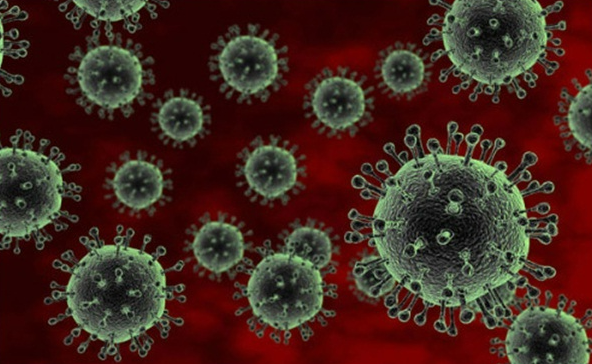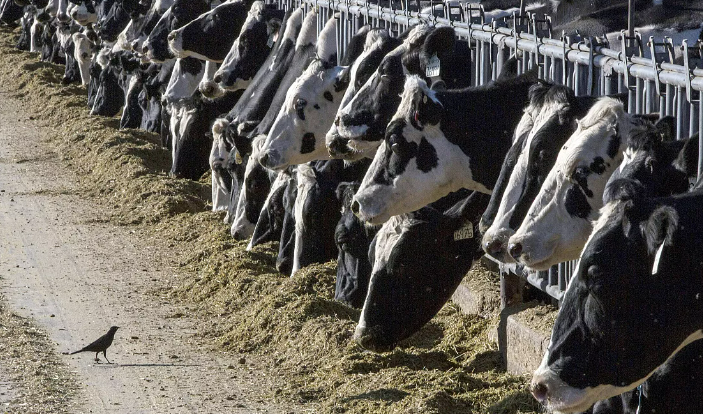Report of Highly Pathogenic Avian Influenza A (H5N1) Virus Infection in an Individual in the U.S.

Person in U.S. Tests Positive for Avian Influenza A(H5N1) Virus
April 1, 2024—A case of highly pathogenic avian influenza (HPAI) A(H5N1) virus infection has been confirmed in a person in the United States, as reported by Texas health authorities and confirmed by the CDC. The individual had contact with dairy cattle in Texas suspected to be carrying HPAI A(H5N1) viruses.

The patient exhibited symptoms consistent with conjunctivitis (eye redness) and is currently recovering. They have been advised to isolate and are undergoing treatment with antiviral medication for influenza. Despite this case, the overall human health risk assessment for H5N1 bird flu in the U.S. remains low according to the CDC. However, individuals with close or prolonged exposure to infected birds, animals, or contaminated environments are at higher risk of infection. CDC has issued interim recommendations for prevention, monitoring, and public health investigations of HPAI A(H5N1) viruses.
CDC, in collaboration with state health departments, continues to monitor individuals who may have been exposed to infected birds/animals and conducts testing for those who develop symptoms. Clinicians are provided with guidance on monitoring, testing, and antiviral treatment for suspected or confirmed avian influenza A virus infections.
This marks the second reported case of influenza A(H5N1) virus infection in the United States, with the previous case occurring in Colorado in 2022. While human infections with avian influenza A viruses, including A(H5N1) viruses, are rare, sporadic cases have been documented globally. CDC has been vigilant in monitoring illness among individuals exposed to H5 virus-infected birds since outbreaks were first identified in U.S. wild birds and poultry in late 2021. Severity of human illnesses associated with H5N1 bird flu can range from mild to severe, with some cases resulting in death in other countries.
Avian influenza A viruses, including H5N1 viruses, are prevalent among wild birds both in the U.S. and worldwide. These viruses have caused outbreaks in commercial and backyard poultry flocks, as well as sporadic infections in mammals. Reports of HPAI in dairy cows were first recorded in Texas and Kansas by the U.S. Department of Agriculture (USDA) on March 25, 2024. USDA’s National Veterinary Services Laboratories (NVSL) confirmed HPAI in a Michigan dairy herd on March 29, 2024. Preliminary analysis indicates that current FDA-approved flu antiviral medications remain effective against these viruses, and candidate vaccine viruses (CVVs) are available for potential vaccine manufacturing if needed. It is important to note that seasonal flu vaccines do not offer protection against H5N1 influenza viruses.
CDC is collaborating closely with state and federal agencies, including USDA, FDA, and local health authorities, to investigate and monitor this situation further.
Prevention Guidelines
In accordance with CDC’s interim recommendations, individuals should refrain from unprotected contact with sick or deceased animals, including wild birds, poultry, domesticated birds, and other animals (including cattle), as well as with animal carcasses, raw milk, feces, litter, or materials contaminated by birds or other animals suspected of HPAI A(H5N1) virus infection. Consumption of uncooked or undercooked food, including unpasteurized milk or products derived from raw milk such as cheeses, from animals with confirmed or suspected HPAI A(H5N1) virus infection (avian influenza or bird flu) should be avoided. Specific guidance for farmers, poultry and livestock owners, backyard flock owners, and worker protection is also accessible.
Individuals who have been exposed to birds or animals with confirmed or suspected HPAI A(H5N1) virus infection should undergo monitoring for signs and symptoms of illness for a duration of 10 days following the last known exposure, especially those individuals utilizing recommended personal protective equipment (PPE). Additional information on protective measures concerning birds, including protocols for handling deceased birds, is accessible on CDC’s official website.
As per FDA and USDA, there are currently no concerns regarding the safety of the commercial milk supply as products undergo pasteurization before reaching the market. Dairies are mandated to supply only milk from healthy animals for human consumption processing; milk from affected animals is being redirected or disposed of to prevent its entry into the human food chain. Moreover, pasteurization has consistently demonstrated its efficacy in deactivating bacteria and viruses, including influenza, present in milk. Pasteurization is mandatory for all milk intended for interstate commerce and human consumption. FDA underscores the dangers associated with the consumption of unpasteurized, raw milk, emphasizing the potential health risks to consumers. In light of the HPAI detections, FDA is reminding consumers of the hazards linked with raw milk consumption.
CDC remains in collaboration with USDA, FDA, and state health departments to monitor individuals exposed to animals infected with HPAI A(H5N1) viruses. Given the dynamic nature of influenza viruses, ongoing surveillance and readiness initiatives are crucial, with CDC prepared to take appropriate actions should the public health risk assessment change. This remains a developing situation, and CDC will provide further updates as new pertinent information emerges.